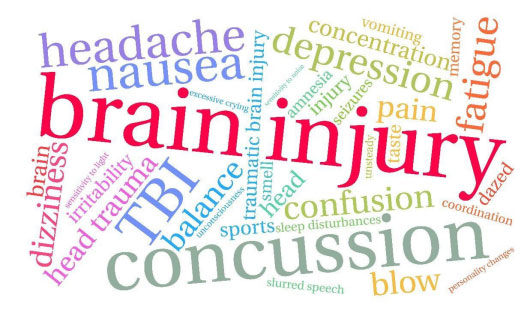When I first began my healthcare career in 2008, I worked on a Traumatic Brain Injury Rehab Unit at Pitt County Memorial Hospital, now Vidant Medical Center, in Greenville, NC. I can recall taking care of a patient that injured himself while performing skateboard tricks on a sidewalk without wearing a protective helmet.
One day, when the patient’s friend was visiting him, I asked him what happened. The friend explained that the patient had been practicing rail slides, and on one of his attempts, he lost his balance, fell backwards onto one of the concrete steps, and hit his head. He was instantly knocked unconscious. The friend said that he called 911 immediately and tried to get him to wake up, but he was unresponsive. The friend told me that the patient was rushed directly into surgery because of his blood pressure readings (intracranial pressure) on the way to the hospital, and his pupils were not responding to the lights. The patient was suffering from brain swelling, and it was especially important to perform a craniotomy to help ease the swelling and reduce the pressure.
Days later, the patient recovered well from the surgery and was transferred and admitted to the Traumatic Brain Injury Rehab Unit. In rehab, I helped to retrain the patient how to eat, bathe, and dress himself. I graduated from nursing school before the patient was ever discharged home. Though the patient will spend the rest of his life mentally disabled, his friend’s fast action saved his life.
What are traumatic brain injuries?
● Traumatic brain injuries (TBIs) are sudden and acute damage to the brain.
Causes
● Falls
● Motor vehicle accidents
● A jolt to the body
● Sports injuries
● Blast (explosions) injuries
● Assaults
Symptoms
● Hematomas (bleeding on the brain)
● Brain swelling
● Unexplained sleepiness
● Drowsiness
● Loss of consciousness
● Fainting
● Change in mood
● Change in behavior
● Change in personality
● Change in their eyes (one pupil may be dilated and the other pupil constricted, or eyes rolled back into their head)
● Headaches
● Swelling at the injury site
● Difficulty concentrating
● Memory loss
● Difficulty breathing
● Fluid leaking from their ears, eyes, or nose (possibly cerebral spinal fluid)
● Difficulty speaking
● Change in vision
● Nausea or vomiting
If any of these symptoms occur, call 911 and seek medical attention immediately.
Prevention
● Wearing seat belts when you drive or ride in a motor vehicle
● Wearing the correctly sized helmet properly while riding a bicycle
● Wearing a helmet and safety gear while skateboarding
● Wearing the appropriate protective gear for the sport being played
● Never drive while under the influence of alcohol
● Use the handrails on stairways
● Install a nonslip mat in your bathtub

References
Arloo, (2019). Brain Injury word cloud on a white background [ Illustration]. https://www.shutterstock.com/image-illustration/brain-injury-word-cloud-on-white-699589258?src=fb115e7a-4df0-4a3c-b3bc-b76ab948c2ef-1-6
CDC. (2019). Traumatic Brain Injuries and Concussions. https://www.cdc.gov/traumaticbraininjury/get_the_facts.html
Fehily, B., & Fitzgerald, M. (2017). Repeated Mild Traumatic Brain Injury: Potential Mechanisms of Damage. Cell transplantation, 26(7), 1131–1155. doi:10.1177/0963689717714092
